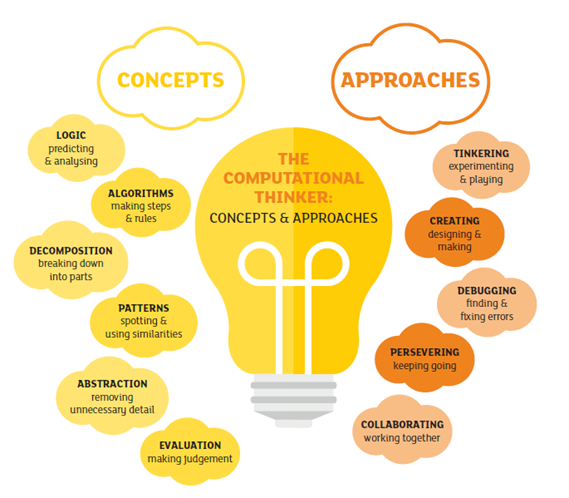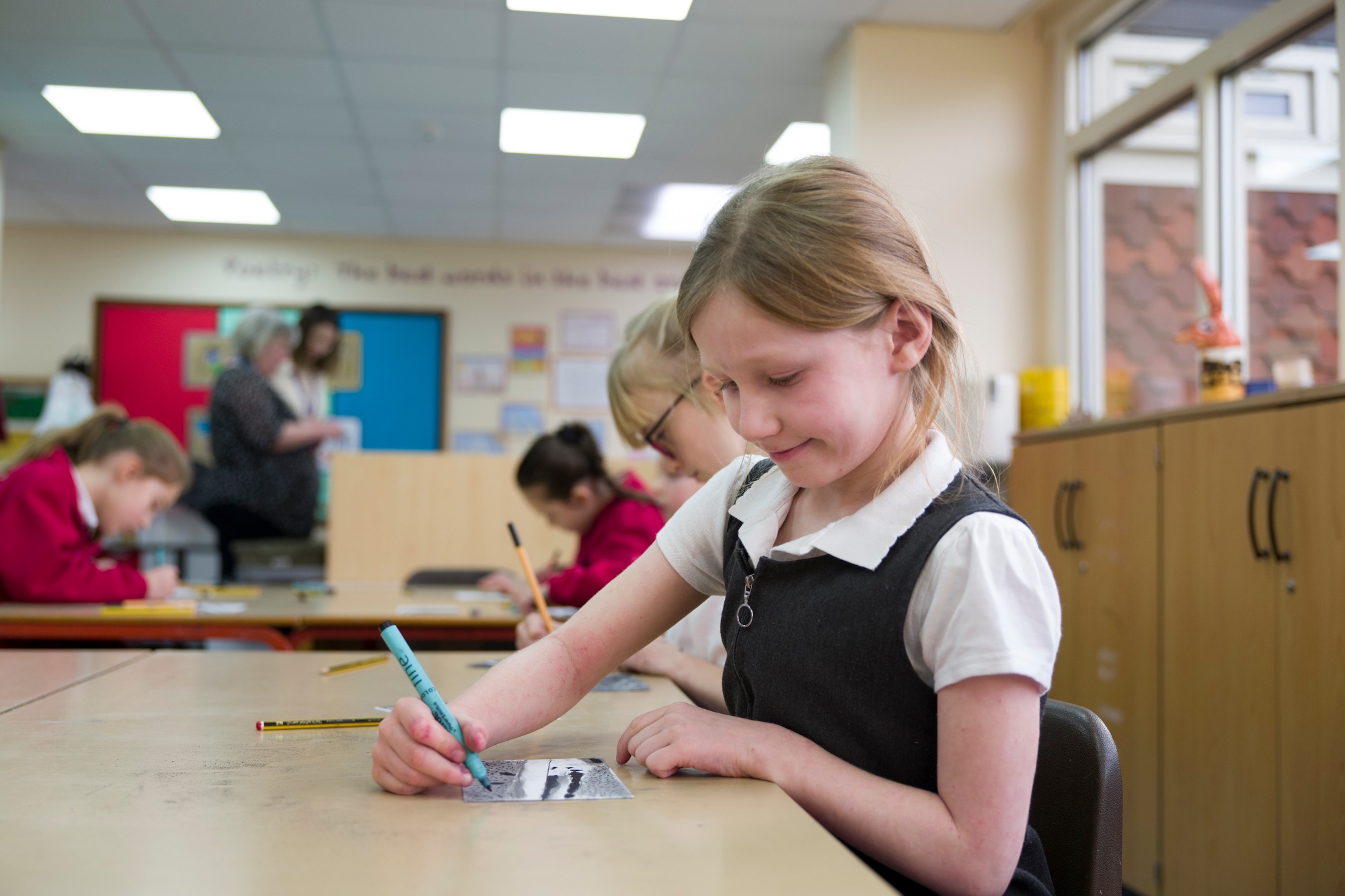Computing
At KPNS, we offer a rich, broad and balanced computing curriculum that covers all three strands of the National Curriculum for computing:
Computer Science
The scientific and practical study of computation: what can be computed, how to compute it, and how computation may be applied to the solution of problems.
Information Technology
How computers and telecommunications equipment work and how they may be applied to the storage, retrieval, transmission and manipulation of data.
Digital Literacy (including eSafety)
The ability to effectively, responsibly, safely and critically navigate, evaluate and create digital artefacts using a range of digital technologies.

Our curriculum acknowledges that the creation of digital artefacts is integral to much of the learning of computing. Digital artefacts can take many forms, including digital images, computer programs, spreadsheets, 3D animations and this electronic document.
The Computing curriculum is designed to be knowledge focused and promote high engagement, to motivate children to learn by offering a wide range of rich learning experiences that build on and develop their prior knowledge and expertise. Careful sequencing of the curriculum, and regular opportunities for children to revisit prior learning, ensures that children's knowledge and understanding develops progressively through their time in our school.
At KPNS, we aim to:
- ensure pupils can understand and apply the fundamental principles and concepts of computer science, including abstraction, logic, algorithms and data representation.
- ensure pupils can analyse problems in computational terms, and have practical experience of writing computer programs in order to solve such problems.
- ensure pupils can evaluate and apply information technology, including new or unfamiliar technologies, analytically to solve problems.
- enhance pupils’ enjoyment, resilience, understanding and attainment in computing through comprehensive computing schemes of work that are designed for computing mastery. Mastery in computing means acquiring a deep, long-term, secure and adaptable understanding of the subject. We want children to skilfully apply their learning in computing to new situations in unfamiliar contexts.
- promote growth mindset and problem-solving approaches that enable pupils to develop resilience, persistence and confidence. All children are encouraged to believe in their ability to master computing and are empowered to succeed through curiosity, tinkering and perseverance.
- deliver lessons that are sequenced so that concepts are developed in logical steps with particular attention given to fundamental concepts. This ensures that all children can master concepts before moving to the next stage, with no pupil left behind.
- use ICT and computing as a tool to enhance learning throughout the curriculum.
- develop pupils’ understanding of how to use ICT and computing safely and responsibly.
- equip pupils with the confidence and capability to use ICT and computing throughout their later life.
Although eSafety is embedded within all units the children are taught, discreet, additional units of eSafety are also taught across the year. Our Jigsaw PSHE lessons also cover esafety.
Curriculum Documentation
See below in 'KPNS Computing Curriculum Overview' for:
- Page 5: Computing Elements Document - Subject Lens and Second Order concepts of History
- Page 6-13: EYFS-Y6 Computing Yearly Topic Overview
Documents detailing the progression of skills, knowledge, understanding and vocabulary across teaching units can be found here. These documents also show where and how the National Curriculum is mapped to the teaching units on pages 6-13 detailed above.
You will also find examples below of Knowledge Organisers and Unit Overviews.
